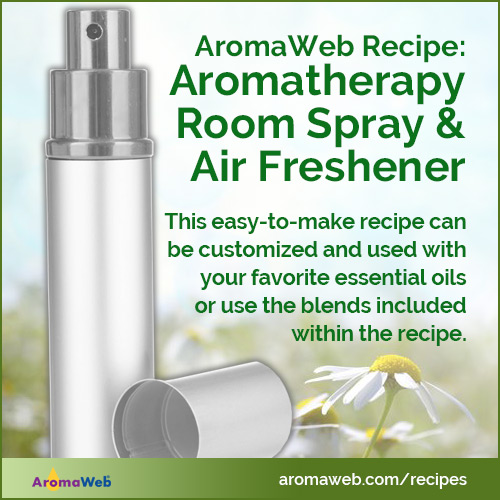Essential Oil Room Spray and Air Freshener Recipe
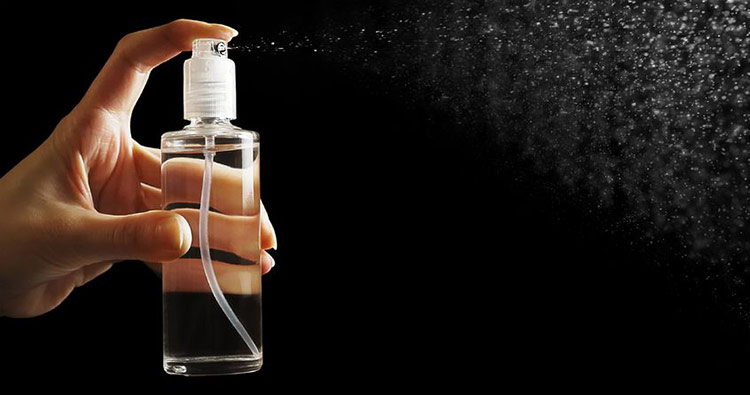
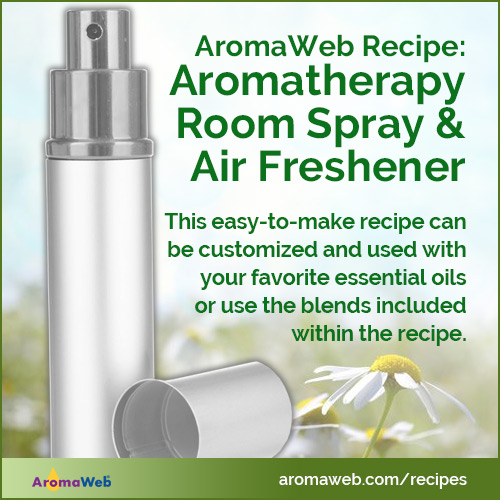
I love this easy-to-make, customizable Essential Oil Room Spray and Air Freshener recipe. Although I give example essential oil blends below, you can easily adapt this recipe for use with your favorite essential oils. Be sure to learn about and pay attention to all safety data for the essential oils that you use.
Ingredients
- 4 oz. clean spray bottle with a fine mist setting (do not use a bottle that previously contained cleaning products or hair products such as hair spray).
- 30 drops of your favorite essential oil or essential oil blend keeping the safety data of the chosen essential oil(s) in mind. Several example blends are shown below.
- 3 fl. ounces of distilled water
- Solubilizer such as Polysorbate 20 or Solubol. (For the solubilizer that you choose, follow the usage guidelines provided by your vendor or the manufacturer.)
Example Essential Oil Blends
Blend #1: Fresh Floral Essential Oil Blend
- 20 drops Sweet Orange Essential Oil
- 5 drops Ylang Ylang Essential Oil
- 3 drops Rose Essential Oil or Absolute
- 2 drops Vetiver Essential Oil
This recipe creates a fresh, sweet, floral blend. The Vetiver Essential Oil, a base note, acts as a fixitive and helps to add depth to the aroma. If you don't have Rose Oil, you could try experimenting by substituting it with either Jasmine Absolute or Neroli Oil. If you don't like Vetiver Oil, you could substitute it with Patchouli Oil or Sandalwood Oil.
Blend #2: Fresh Herbal Essential Oil Blend
- 10 drops Mandarin Essential Oil
- 8 drops Lavender Essential Oil
- 7 drops Clary Sage Essential Oil
- 5 drops Marjoram Essential Oil
This blend pairs essential oils that tend to be more calming and relaxing. They combine to create a beautifully pleasant herbal blend that is complemented by the sweet, tangy, balancing aroma of Mandarin Essential Oil.
Blend #3: Citrus Tree
- 17 drops Yuzu Essential Oil
- 10 drops Petitgrain Essential Oil
- 3 drops Neroli Essential Oil
This formulation combines essential oils that have been produced from the blossoms (Neroli), the leaves (Petitgrain) and the peels (Yuzu) of citrus trees. This blend creates a sweet, exotic and citrusy-floral aroma that is perfect year round. Neroli and Petitgrain essential oil can be helpful in combating anxiety and depression for some individuals. Yuzu Essential Oil is typically cold pressed or steam distilled from the rinds of a Japanese citrus fruit know as the Yuzu. It has a bright, cheerful aroma that pairs wonderfully with Petitgrain and Neroli oils. If you don't have Yuzu Essential Oil available, you could substitute it with Sweet Orange Essential Oil or another essential oil that is not phototoxic. For this blend, I have chosen citrus essential oils that are not known to be phototoxic. Although room mists should not be sprayed directly on the skin, there is a small chance that when sprayed around the room, the mist can land on the skin. Therefore, it's wise to keep any dermal risks, including risks of phototoxicity, in mind when creating air fresheners.
Blend #4: Crisp Forest Essential Oil Blend
- 17 drops Douglas Fir Essential Oil
- 8 drops Virginian Cedarwood Essential Oil
- 5 drops Spearmint Essential Oil
This formulation combines the fresh, conferous aroma of Douglas Fir needles with the deeper, woody aroma of Virginian Cedarwood. Spearmint finishes off this blend with its fresh, clean bright aroma.
Directions
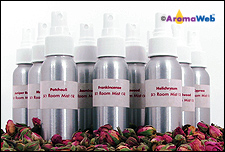
- Fill the spray bottle with 3 fl. ounces of distilled water. (Even though a 4 oz. bottle is suggested, leave about 1 fl. oz. unfilled so you can shake the bottle well immediately before each use.)
- Combine the essential oils with the solubilizer following the usage instructions provided by the vendor/manufacturer. Then, add to the bottle that contains the water. Essential oils can very in strength. You may want to try 20 drops at first especially if you live in a household with someone who is sensitive to strong aromas. After you first make and try the spray, let it sit for about a day before making a conclusion that the aroma is too weak; the aroma can change after the air freshener has had time to sit and the essential oils have had a chance to "marry."
- Shake well.
Be sure and take heed in the safety data for the oil(s) you choose to use since an air freshener, by its nature, will come in contact with all those in your household.
Important Note About the Sprayer Bottles
Be careful to not overfill your sprayer bottles. It not only is important to ensure that you have room for the spray to be shaken well, it also ensures that the air freshener doesn't stay in contact with the rubber gasket contained in the sprayer mechanism.
I've rarely had a problem with my sprayers failing to work, and I've been trying to figure out why some people, using the same type of sprayer, sometimes state that they've had consistent problems with the sprayer failing to work after only a short time. After thinking on it, I'm suspecting the likely culprits are (a)overfilling the bottles, not using a solubilizer and (b) not shaking well immediately before each use.
To Use
Shake the bottle immediately before each use. Spray lightly in the room. Do not use the air freshener as a body spray. The information on this page is not intended for topical applications. Be especially careful not to allow the air freshener mist to fall onto furniture or into open beverages.
Shelf Life
Although most essential oils are anti-microbial, they are not potent enough to preserve a water-based room spray. This room spray is intended to be used up within 1-2 weeks.
General Safety Information
These recipes are offered for educational purposes only. Before using any essential oil, carefully read AromaWeb's Essential Oil Safety Information page. For in-depth information on oil safety issues, read Essential Oil Safety by Robert Tisserand and Rodney Young. Do not take any oils internally and do not apply undiluted essential oils, absolutes, CO2s or other concentrated essences onto the skin without advanced essential oil knowledge or consultation from a qualified aromatherapy practitioner. For general dilution information, read AromaWeb's Guide to Diluting Essential Oils. If you are pregnant, epileptic, have liver damage, have cancer, or have any other medical problem, use oils only under the proper guidance of a qualified aromatherapy practitioner. Use extreme caution when using oils with children and consult a qualified aromatherapy practitioner before using oils with children, the elderly, if you have medical issues or are taking medications.
Do You Need the Ingredients Listed in This Recipe?
You can find the essential oils, other ingredients and packaging that you need by patronizing the fine companies that support AromaWeb with their banner advertising located throughout AromaWeb (See them all at a glance within the Advertiser Spotlight area) and the listings located within the Aromatherapy Business Directory. Many of AromaWeb's advertisers also expertly formulate their own ready-made products if you decide you'd rather not make aromatherapy products yourself.
Do You Want More Essential Oil Recipes and Blends?

Over 800 Recipes!
The Complete Book Of Essential Oils & Aromatherapy
Author: Valerie Ann Worwood
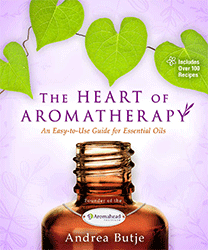
Over 100 Recipes!
The Heart of Aromatherapy
Author: Andrea Butje
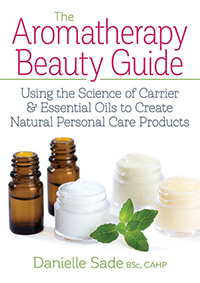
100 Recipes!
The Aromatherapy Beauty Guide
Using the Science of Carrier & Essential Oils to Create Natural Personal Care Products
Author: Danielle Sade, BSc, CAHP
Visit AromaWeb's Books area to find details about many other essential oil and aromatherapy books.
